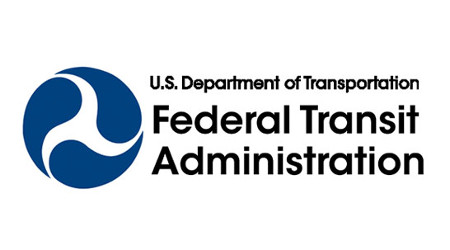FTA Increases Annual Random Drug Testing Rate

New Office Location
November 23, 2013
2019 Updated Annual Drug Testing Rates
May 24, 2019Effective January 1, 2019, the Federal Transit Administration (FTA) increased its annual random drug testing rate from 25% to 50%. This is the first increase in random testing rates since 2007 and is a direct result of positivity rates increasing to 1.06% in 2017.
Per FTA regulations, if there is an increase in positives to above 1% the FTA is required to raise the random testing rate to 50%. If the random positivity rate stays below 1% for two consecutive years, the FTA can lower the random testing rate from 50% back down to 25%.
According to the FTA:
Under 49 U.S.C. 5307, 5309, 5311, or 5339, the 50% random drug testing rate will apply to entities receiving federal assistance, including grantees, subrecipients, and safety-sensitive contractors. The required minimum rate for random alcohol testing is unaffected and will remain at 10% for calendar year 2019.
Under 49 U.S.C. 5331(b)(q), the FTA is required by statute to issue regulations establishing a program that requires public transportation operators that receive financial assistance under certain FTA programs to conduct, among other types of testing, random testing of public transportation employees responsible for safety-sensitive functions for the use of a controlled substance in violation of law or a Federal regulation.
At 49 C.F.R. 655.45, the FTA’s implementing regulation for random testing sets a default that the minimum annual percentage rate for random drug testing must be 50% of covered employees. The regulation allows FTA discretion to lower the minimum random drug testing rate from 50% to 25% where data for the two preceding consecutive calendar years indicate that the reported positive violation rate is less than 1%.

